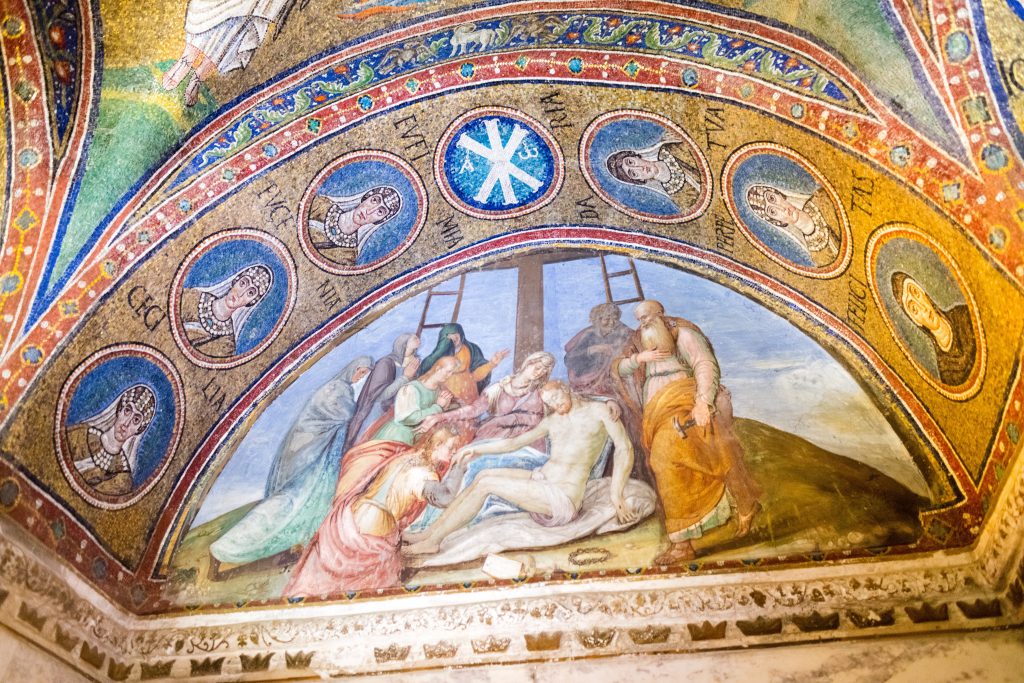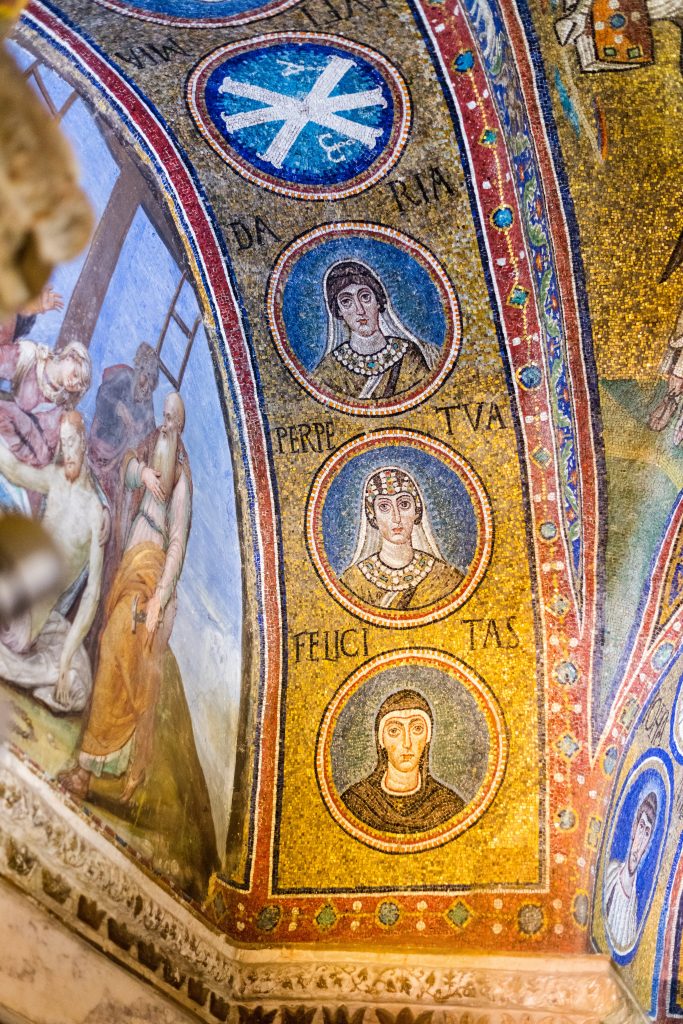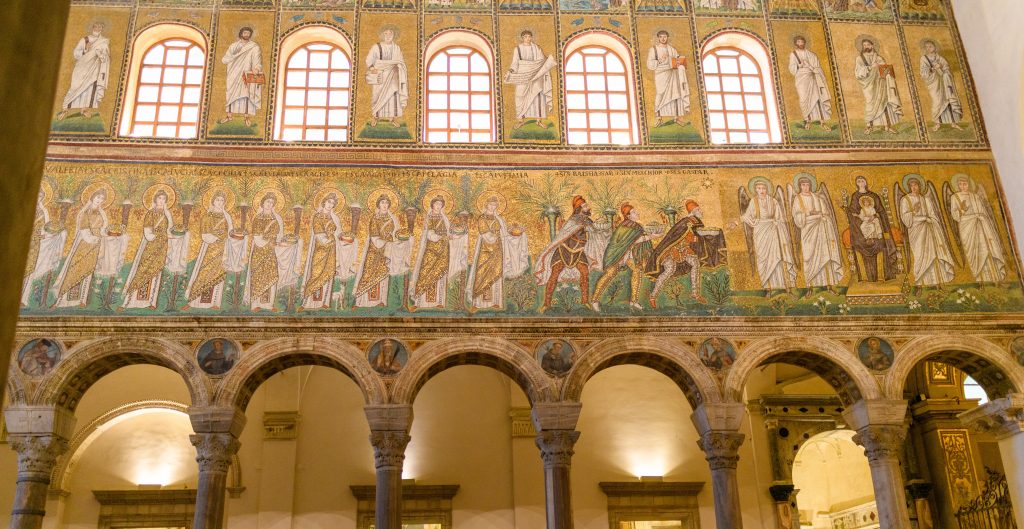Daria of Rome
Virgin Martyr of the 3rd Century
Daria of Rome is remembered for her beauty, intellect, chastity, and faithful witness. She lived in the second half of the third century. Her story is tightly woven with that of her husband – Chrysanthus. Chrysanthus and his father, a senator named Polemius, moved from Alexandria to Rome. There, Chrysanthus converted to Christianity after reading the Acts of the Apostles. Distressed at his son’s rejection of Roman gods, he arranged for Chrysanthus to meet Daria, hoping that marriage would dissuade him from his newfound beliefs.



Biography – Daria was a Vestal Virgin known for her remarkable beauty and keen intellect. Upon meeting, Chrysanthus and Daria conversed about pagan gods, Jesus Christ, and the One True God. Daria was convinced of the validity of Christ and was baptized by Chrysanthus in his home. The two agreed to enter into a celibate marriage. Daria and Chrystanthus both publicly preached Christianity and the virtue of virginity. Innumerable women came to Daria’s home to learn from her. Many converted to Christianity and adopted a celibate lifestyle. There was a public outcry as men claimed they were losing their wives because of Daria and her teachings. This outrage drew the attention of the urban prefect, Celerinus, who had the couple arrested. While Chrysanthus was imprisoned and tortured, Daria was sent to a house of ill repute. Legend holds that an escaped lion appeared in her room and protected her from the advance of men. Daria commanded the lion not to hurt anyone. She continued to share Christ and bring many to faith.
Since neither Chrysanthus’ torture nor Daria’s imprisonment at the brothel brought about the reform civic leaders desired, emperor Numerian ordered their death. The young couple was brought to an arenarium (underground cavern or pit) along the Via Salaria. Laying together, they were buried alive under dirt and stone. On the first anniversary of their death, many believers gathered at their burial place to worship. Authorities trapped the believers in the cave, killing them all. Artistic and written documentation of the couple can be found from the fifth century, including The Martyrdom of Chrysanthus and Daria (6th century), Glory of the Martyrs (6th century), The Two Lovers of Heaven: Chrysanthus and Daria A Drama of Early Christian Rome (16th century). Today the couple is remembered on March 19 in the Eastern Orthodox Church and October 25 in the Roman Catholic Church.
Resources:
- Kirsch, J. P. “Chrysanthus and Daria, Saints Roman Martyrs.” Catholic Online. https://www.catholic.org/encyclopedia/.
- Lapidge, M. The Roman Martyrs: Introduction, Translations, and Commentary. Oxford: Oxford University Press, 2018.
- Pignot, Matthieu. “Martyrdom of Chrysanthus and Daria,” E02487. Last modified July 21, 2017, http://csla.history.ox.ac.uk/record.php?recid=E02487.
- Marchetti, Guido. Women in the Mosaics of Ravenna. Ravenna, Italy: Opera di Religione della Diocesi di Ravenna, 2015.
